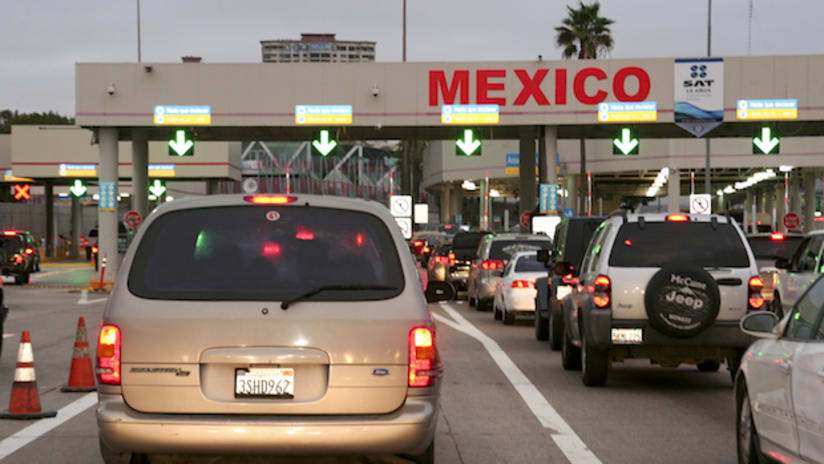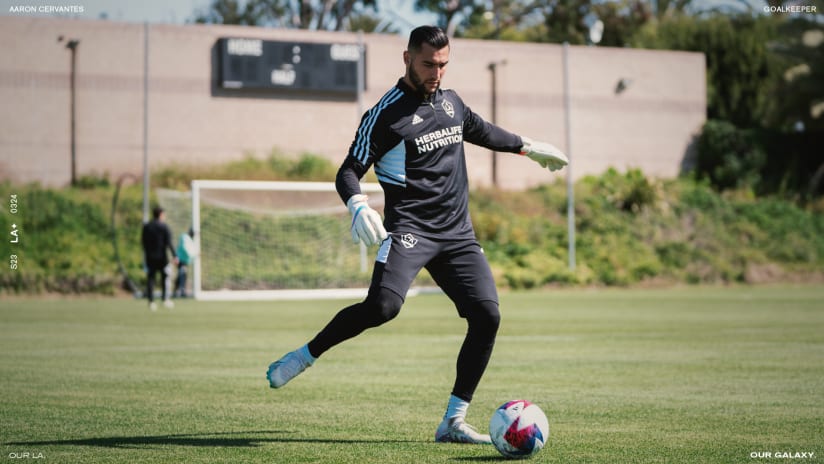Special to LAGalaxy.com: This was originally published in issue two of XI Quarterly in January of 2013. Learn more about XI Quarterly, here. Photos by Xavier Hernandez/Southtown Photography.
Tijuana, situated in northern Baja [California] and separated from San Diego by the world’s busiest border crossing, has long been seen as a curious outpost, a city too far from mainland Mexico to be truly Mexican and too culturally distinct from San Diego to be American.”
— Dana Goodyear
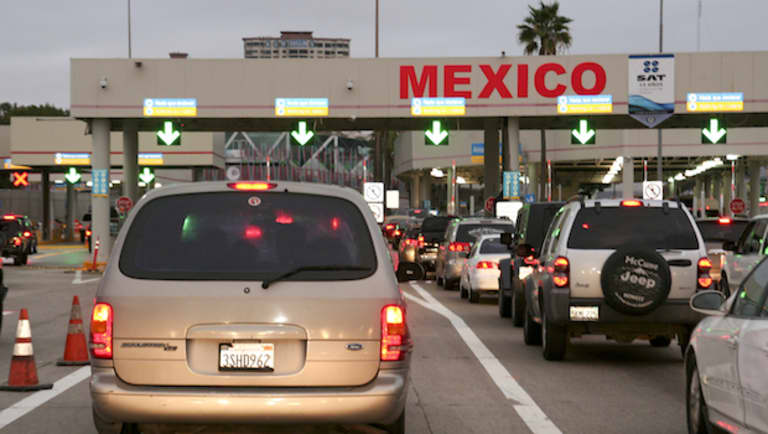
On a Friday afternoon in late August, the traffic heading south on Interstate 5 from San Diego into Tijuana was brutal. It was the Friday before Labor Day and many who work in the United States but live or have family in Mexico were heading south for the holiday weekend.
But the Labor Day weekend was not the only reason for the traffic. Black and red stickers with the logo of the Tijuana Xolos (featuring a Mexican hairless dog known as the xoloitzcuintle) indicated that many in the solid line at the border were headed to the Estadio Caliente for that night’s game. The Xolos were playing against the Jaguares, and a victory that night would see the local team claim a share of first place.
The Xolos fans were both excited and tense. Many rolled down their windows and called out to each other, smiles on their faces. But all appeared tense, worried that they might not make it to the stadium in time for kickoff.
This season the Xolos have found several of their games scheduled for 5:30 pm on a Friday. Televisa, the Mexican media giant, chose this time because it puts kickoff at 7:30 pm in most of the country, which is on Central time, while Tijuana uses Pacific time. Separated by a vast desert and an even wider cultural gap that divides the Mexican heartland from the border city, Tijuana has long felt marginalized. The inconvenience of early kickoffs on weekdays in order to please television audiences in Mexico City and Guadalajara is only the most recent slight.
For Xolos fans in the United States, the slight of a 5:30 pm kickoff was even worse. Many had left work early that day, quickly run home, thrown on red and black shirts, and hopped in their cars, speeding south before hitting the border traffic. Now, they could only hope that the traffic would ease quickly and not stop them from seeing their team on the other side of the border.
* * *
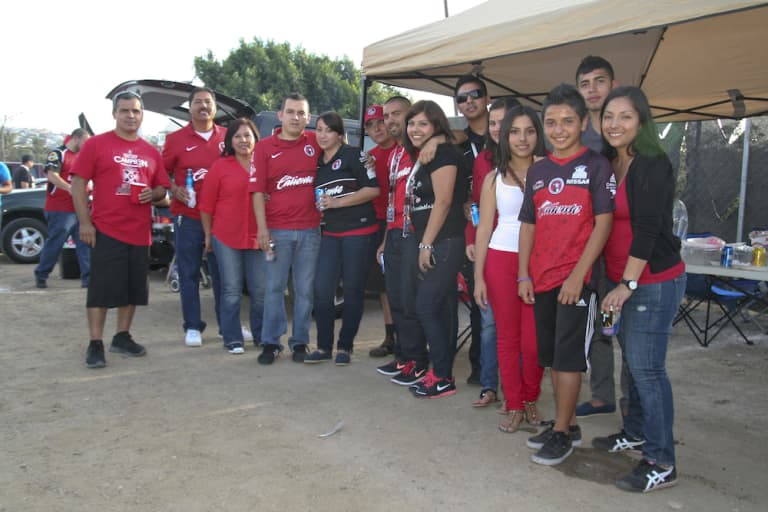
The Xolos have estimated that around twenty percent of fans at their home games live in the United States. While the team may be one of the few that draws such significant support from across an international border, it is perhaps not a total surprise, as Xolos assistant general manager Roberto Cornejo explains to me.
“We are separated by the border,” Cornejo says, “but soccer is an international game that transcends borders. Tijuana is a lot closer to San Diego than to the rest of Mexico. Geographically, you couldn't be farther away from the rest of Mexico.” The area to the south of Tijuana is sparsely populated so there is little sense in the team looking for fans there. But, as Cornejo told me, the Xolos see many potential fans in the American Southwest, an area they consider part of their region.
Among the fans who cross the border into Mexico to watch the Xolos play are the Rodriguez family. They live in Chula Vista, a largely Latino city just south of San Diego from which the ramshackle houses built onto the steep hills of Tijuana are easily visible. Father Eduardo was born in Tijuana, though he has called Chula Vista home for the last fifteen years. Holder of a season ticket known as the Xolopass, Eduardo goes to every home game with his wife and 4 children. “We live in San Diego,” Eduardo tells me, “but because we’re from Tijuana, we support the Xolos.”
I ask if he minds the border crossings he must endure to see the Xolos play. No, he says, the bottlenecks heading into Mexico, especially for early games on Friday nights and the two-hour waits to cross back into the United States (two hours minimum, he emphasizes) are just part of the experience.
Eduardo says he’s never paid much attention to soccer in the United States. “There’s no team close by,” he says. Los Angeles is over two hours north while on good days he can get to the Estadio Caliente in half an hour. On weekends, the family goes up to three hours early, tailgating outside the stadium and spending time with friends. Liliana, Eduardo’s daughter, who began attending games a year ago, says “I got interested because everyone was going, meeting other friends there. That got me interested. When I started going, it was fun. Everyone was drinking, the team was winning.”
Every time Liliana goes, she says, she sees someone she knows from the American side of the border. “Everyone goes down there to watch the games. Every time I go down there, I see someone.”
On top of seeing friends, Liliana says, she sees the game as a chance for her family to get to spend time together, something their busy schedules often make difficult. “Everyone works. On the weekends we all drive in the same car, we eat together. I see it as something positive for my family because we get that time together, the whole family.” I ask if she finds it ironic that the quality time for her family takes place mostly across an international border. “Yes,” she says, laughing.
Inside the stadium, Eduardo and Liliana agree, the atmosphere is incredible. The 33,333 fans (Hank Rhon the eccentric owner of the Xolos, has a particular fondness for the number three) who pack the Estadio Caliente to capacity create an atmosphere that many say they can’t find elsewhere. “The passion, the fans united with the team, the fan clubs, the atmosphere when someone scores, it’s incredible,” says Eduardo.
Perhaps because of the compact stadium, the atmosphere is also incredibly intimate. Liliana says she’s been to a few games in the United States, but didn’t like them because it’s more anonymous. “Every time I go here, nobody knows each other,” she says. “Whenever I see the Xolos, everyone celebrates together, even if they don't know each other.”
One of the reasons that the Xolos have had success in connecting with their U.S.-based fans is because they have five Mexican-American players on their first team (and, Roberto Cornejo tells me, many more in their youth ranks). Joe Corona, who grew up in Chula Vista, has become a star with the Xolos. For the Rodriguez family, Corona’s presence with the Xolos is one more reason to support the team, especially because the midfielder grew up down the street from them. Eduardo says: “he’s almost our neighbor. He’s my son’s friend. We’ve known him since he was a kid.”
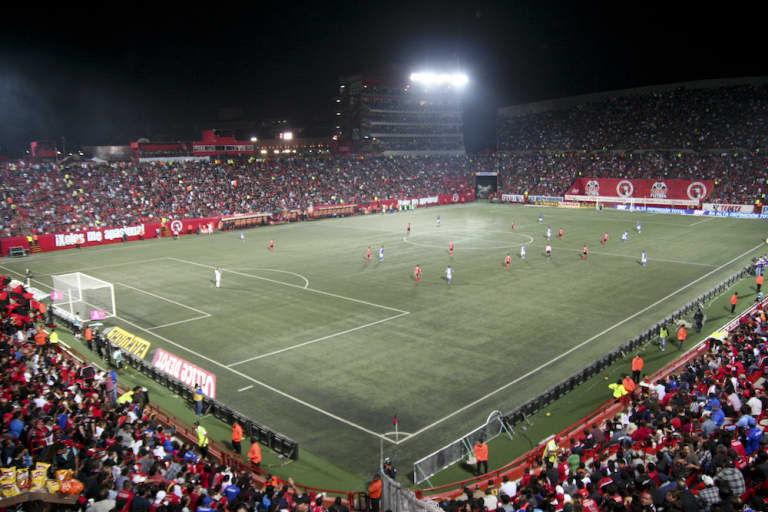
But not all are happy that the Xolos, who have recently opened youth academies in Chula Vista and 60 miles north in Temecula, have taken such a proactive approach todeveloping Mexican-American talent. People in Mexico have told Cornejo that the team is “arming our CONCACAF rivals. But we don't see it like that. If they play for the United States, that's great. If they play for Mexico, that's great. We just really want to develop the players of our region and give them opportunities, regardless of their nationality.” (Of course, it doesn’t hurt that talented players with an American connection might garner interest among potential fans north of the border.)
Long seen as a “curious outpost,” Tijuana has been given short shrift by Televisa schedulers in Mexico City and by those who question their commitment to developing talent in the United States. But what others see as an overly strong connection with the northern neighbor, the Xolos see as a natural outgrown of their position as a team in a region that includes the Norhwest of Mexico and the Southwest of the United States. Cornejo talks often of the “unique relationship between Tijuana and San Diego.” This unique relationship today includes the many fans from San Diego and parts further north, who have helped the team sell out its stadium nearly every game since promotion to the first division (the stadium is currently being expanded, after which Cornejo expects to see even more U.S.-based fans at games).
For years, Cornejo tells me, “fans from Tijuana have gone to the United States to watch the Chargers and the Padres. There's always been the two cities separated by the border but with a lot of going back and forth.” Now there is a reverse flow as well, with fans in San Diego flocking south to watch the Xolos. For Eduardo Rodriguez, crossing the border to see his team play is absolutely worth it. “The team’s here in Tijuana,” he tells me. “We have to support them one-hundred percent.”

